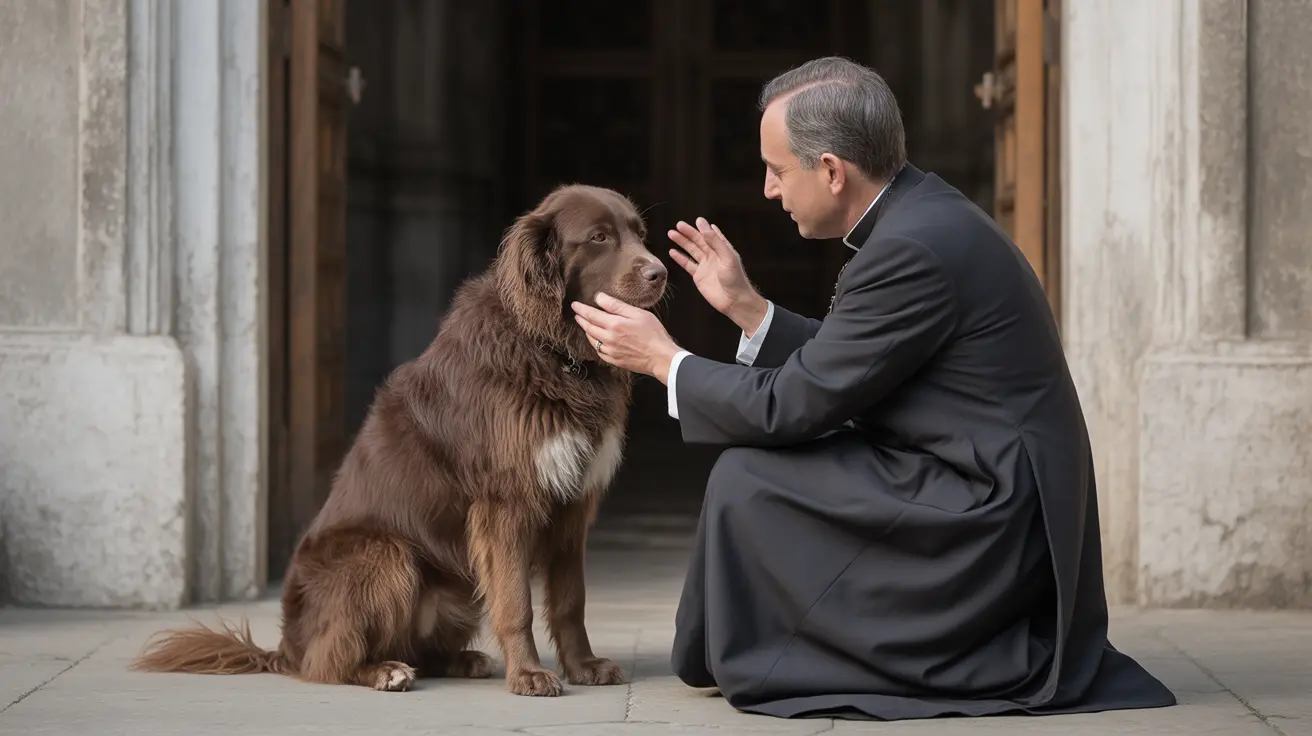Introduction
Teaching your dog to stay is one of the most crucial obedience commands that can literally save their life. Whether you're dealing with a playful puppy or an adult dog, mastering the stay command creates a foundation for better behavior, enhanced safety, and stronger communication between you and your four-legged friend.
In this comprehensive guide, we'll walk you through proven techniques to teach your dog a reliable stay command, along with expert tips to overcome common challenges and progress through different training stages effectively.
Starting with the Basics: Foundation Training
Before diving into stay training, ensure you have a quiet, distraction-free environment and plenty of high-value treats. Begin with your dog in either a sit or down position – whichever they find more comfortable and stable.
Start by giving the stay command with a clear hand signal (palm facing your dog like a stop sign) while your dog is in position. Wait just one or two seconds, then reward and release using your chosen release word (like "okay" or "free").
The Three D's: Duration, Distance, and Distractions
Building Duration
Begin with short stays of 2-3 seconds, gradually increasing to 5, 10, and eventually 30 seconds or more. Always reward your dog while they're still in position, not after they break the stay.
Adding Distance
Once your dog can hold a stay for at least 10 seconds, start adding distance. Take one step back, return, and reward. Gradually increase to several steps, always returning to your dog to deliver the treat.
Managing Distractions
Only introduce distractions when your dog masters duration and distance. Start with mild distractions like dropping a toy or making subtle noises, then progress to more challenging scenarios like having family members walk by.
Advanced Training Techniques
Progress to practicing stays in different positions (sit, down, and stand) and various locations. Start indoors, then move to your yard, and finally to more challenging environments like parks or sidewalks.
Incorporate stays into daily routines, such as having your dog stay before meals, when guests arrive, or before going through doors. This practical application helps reinforce the behavior in real-world situations.
Troubleshooting Common Challenges
If your dog breaks the stay, calmly reset them to the original position and try again with an easier challenge. Remember that consistency and patience are key – avoid scolding or punishment, as this can create anxiety around the command.
Watch for signs of stress or fatigue during training sessions. Keep sessions short (5-10 minutes) but frequent, and always end on a positive note with an exercise your dog can successfully complete.
Frequently Asked Questions
How do I start teaching my dog to stay in a low-distraction environment?
Begin in a quiet room with minimal distractions. Start with your dog in a sit or down position, give the stay command with a clear hand signal, wait 1-2 seconds, then reward and release. Gradually increase the duration as your dog succeeds.
What is the best way to gradually increase the duration and distance when training "stay"?
Increase duration by adding just a few seconds at a time, ensuring success before progressing. For distance, start with one step back, then gradually add more steps as your dog maintains the stay reliably.
How can I effectively use hand signals and release words to improve my dog's stay command?
Use a consistent hand signal (open palm facing dog) paired with the verbal "stay" command. Always use the same release word (like "okay" or "free") to signal when your dog can move from position.
What are common mistakes to avoid when teaching my dog to stay, and how do I fix them?
Common mistakes include rushing progress, inconsistent release words, and rewarding after the dog breaks the stay. Fix these by moving more slowly through training stages, maintaining consistency in commands, and rewarding while the dog is still in position.
How do I introduce distractions safely to make my dog's stay command reliable in different settings?
Start with minimal distractions (like dropping a toy) in familiar environments. Gradually increase the challenge by adding movement, sounds, or other controlled distractions. Only progress when your dog consistently succeeds at the current level.
Conclusion
Teaching your dog to stay is a gradual process that requires patience, consistency, and positive reinforcement. By following these structured steps and maintaining regular practice sessions, you'll develop a reliable stay command that enhances both your dog's safety and your daily life together.






